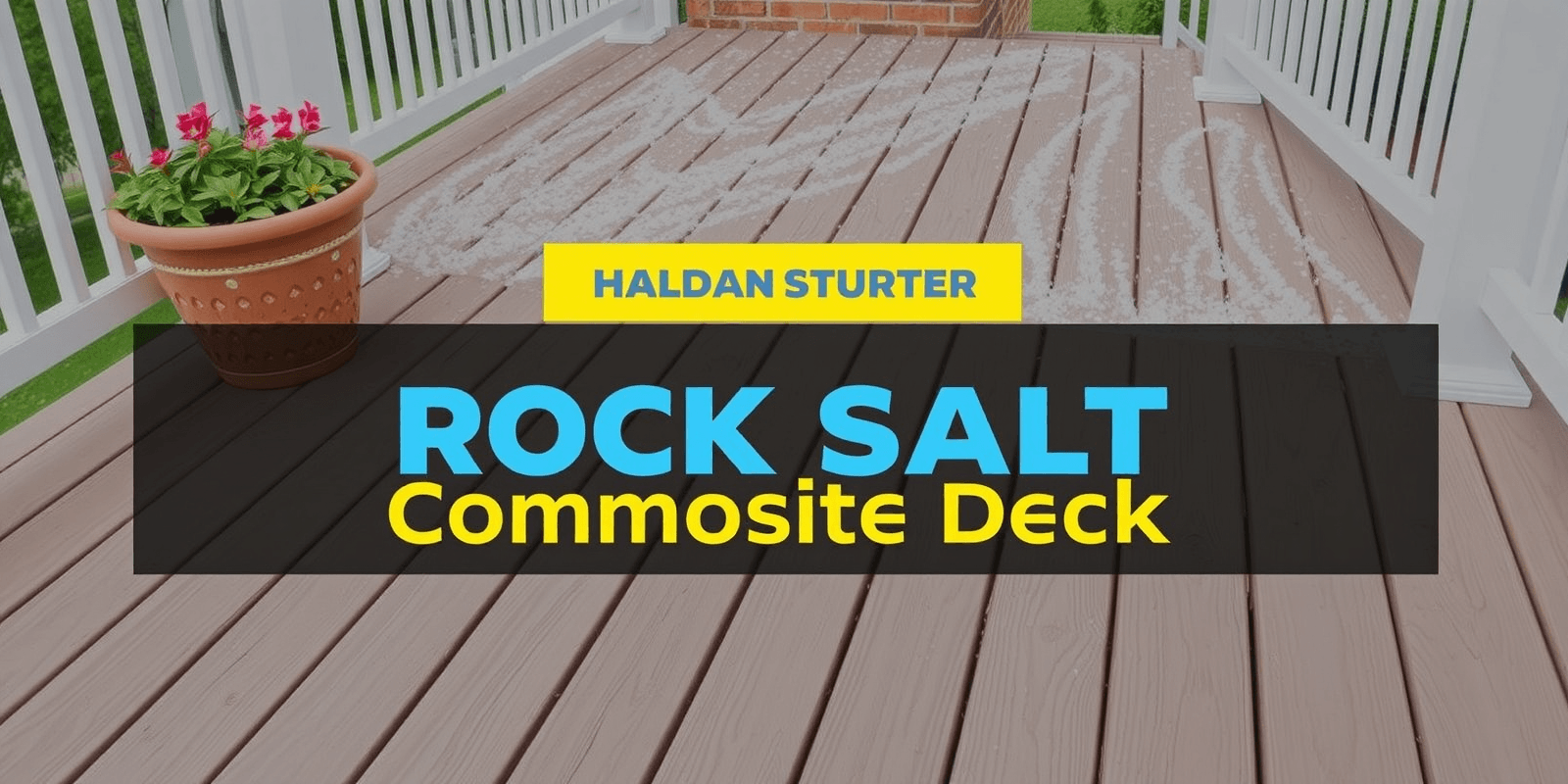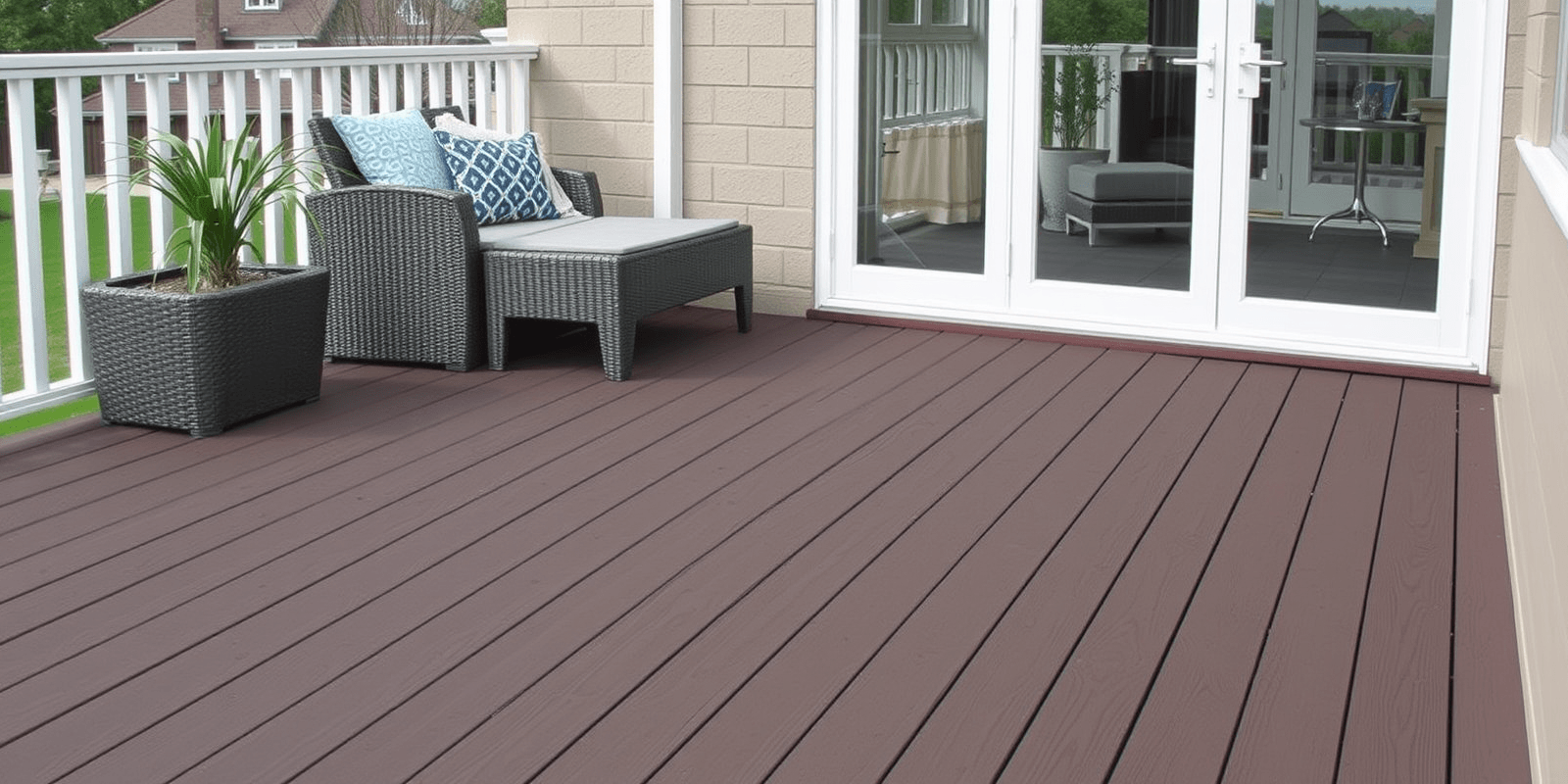“`html
Protect Your Composite Deck with the Best Rock Salt
Introduction
Composite decks offer a beautiful and durable alternative to traditional wooden decks, requiring less maintenance but still needing care to withstand harsh weather conditions. One common issue faced by composite deck owners is ice and snow accumulation during winter months. Using the right type of rock salt can help prevent damage while ensuring your deck remains safe and attractive throughout the year.
Choosing the Right Rock Salt for Composite Decks
When it comes to protecting your composite deck from ice and snow, not all rock salts are created equal. It’s crucial to select a product that is safe for composite materials and won’t cause long-term damage. Look for rock salts that are labeled as “pet-safe” or “eco-friendly” since these tend to be gentler on surfaces and the environment. Avoid using rock salts that contain calcium chloride, as they can leave a white residue and potentially damage the composite material over time.
Key Features to Consider:
- Pet-Safe: Safe for pets and children who may come into contact with the salt.
- Eco-Friendly: Environmentally conscious options that are biodegradable and non-toxic.
- Non-Chloride Based: Opt for sodium chloride (rock salt) or magnesium chloride-based products.
Application Techniques
The application method plays a significant role in ensuring the effectiveness of the rock salt without causing damage. Here are some tips for applying rock salt safely and effectively:
- Distribute Evenly: Sprinkle the rock salt evenly across the deck surface, focusing on high-traffic areas and edges where ice tends to accumulate.
- Avoid Excess: Use only the recommended amount of salt to prevent oversaturation, which can lead to waterlogging and potential damage.
- Use a Spreader: For larger decks, consider using a push spreader to ensure even distribution and reduce the risk of over-salting specific areas.
Precautions to Avoid Damage
While rock salt is effective at melting ice and snow, it’s important to take precautions to avoid damaging your composite deck:
- Remove Excess Snow: Before applying salt, remove as much snow as possible using a plastic shovel to avoid scratching the surface.
- Rinse Afterward: Once the ice has melted, rinse the deck thoroughly with water to remove any residual salt. This helps prevent the salt from sitting on the surface and causing damage over time.
- Monitor Weather: If temperatures drop below freezing after applying salt, the remaining water can refreeze, creating new ice patches. Keep an eye on weather forecasts and reapply as necessary.
Conclusion
By selecting the appropriate type of rock salt and following proper application techniques, you can effectively protect your composite deck from ice and snow damage. Remember to choose pet-safe and eco-friendly options, distribute the salt evenly, and take necessary precautions to maintain the integrity of your deck. With these steps, you can enjoy a safe and beautiful composite deck all year round.
“`



